Skull tattoos, etched in ink and emotion, serve as timeless symbols that traverse the boundaries of mortality and artistry. In the world of body art, few images hold as much fascination and intrigue as the skull. A symbol that transcends time, culture, and geography, the skull has taken on a myriad of meanings and interpretations throughout history. When etched onto the canvas of human skin, it becomes more than just ink and needles; it transforms into a profound statement of self-expression and a powerful emblem of life’s most enigmatic facets – life, death, and artistry.

The allure of skull tattoos extends far beyond the mere aesthetic appeal of a macabre motif. It encapsulates a complex tapestry of cultural significance, personal narratives, and artistic innovation. This symbolic dive into the world of skull tattoos will unravel the historical roots, explore the contemporary interpretations, and celebrate the captivating journey of inked skulls across the human experience.
Join us on this remarkable journey as we embark on an odyssey through time and artistry, where the skull transcends its bony confines to become an enduring emblem etched into the very essence of those who bear it. In the following pages, we will delve deep into the history, cultural resonance, and multifaceted interpretations of skull tattoos, revealing why they continue to captivate the hearts and minds of ink enthusiasts worldwide.
Tattoos have been a form of self-expression and art for centuries, with various designs and symbols carrying unique meanings. Among the myriad of tattoo designs, the skull tattoo stands out as one of the most enduring and iconic. In this exploration, we will delve deep into the world of skull tattoos, examining their rich history, cultural significance, and the diverse ways they have been interpreted by individuals from different backgrounds. A skull tattoo is not merely an image etched onto the skin; it is a symbol of life, death, and artistry that has captivated countless individuals across the globe.
The History of Skull Tattoos

The history of skull tattoos is intertwined with the history of tattooing itself. Tattoos have been practiced by various cultures throughout history, each with its own unique traditions and meanings. In this chapter, we will trace the origins of tattooing and explore how the skull motif emerged as a prominent design.
1.1 Early Tattoos and Their Significance
- Tattoos in ancient civilizations: From the Egyptians to the Polynesians, tattoos have held cultural and spiritual significance in diverse societies.
- Tattoos as rites of passage: Many early tattoos were applied during important life events, such as puberty, marriage, or initiation into adulthood.
1.2 The Emergence of Skull Tattoos
- Maritime influence: Skull tattoos became prevalent among sailors, symbolizing their defiance of death and their willingness to face danger.
- The Jolly Roger: The iconic pirate flag with a skull and crossbones became a symbol of rebellion and adventure, influencing tattoo culture.
1.3 The Evolution of Skull Tattoo Styles
- Traditional American tattoos: Exploring the bold and colorful designs of traditional American tattoo artists, including their use of skulls.
- Japanese influence: How Japanese tattoo art, known as Irezumi, integrated skull motifs into its intricate designs.
Cultural Significance of Skull Tattoos

Skull tattoos have taken on various meanings and connotations across different cultures. In this chapter, we will delve into the cultural significance of skull tattoos and examine how they have been embraced or stigmatized in different parts of the world.
2.1 Mexican Day of the Dead
- Calaveras and sugar skulls: The colorful and ornate skull designs associated with the Dia de los Muertos (Day of the Dead) celebrations.
- Honoring ancestors: How skull tattoos are used to pay tribute to deceased loved ones in Mexican culture.
2.2 Hinduism and Buddhism
- Kapala: The ritual skull cup used in tantric practices, and its representation in tattoo art.
- The impermanence of life: How skull tattoos can symbolize the transient nature of existence in Hindu and Buddhist philosophy.
2.3 Native American Culture
- Skull symbolism in Native American tribes: The different meanings attributed to skulls in various indigenous cultures.
- Spiritual connections: Exploring the spiritual significance of skulls in Native American rituals and beliefs.
Contemporary Interpretations of Skull Tattoos

In the modern era, skull tattoos have evolved beyond their traditional roots and taken on new meanings and interpretations. In this chapter, we will examine how contemporary artists and individuals have redefined the skull tattoo.
3.1 Artistic Expression
- Skulls as canvases: How skull tattoos have become a platform for artistic expression, with intricate designs and styles.
- Skull tattoo artists: Profiling contemporary tattoo artists renowned for their innovative skull tattoo work.
3.2 Personal Significance
- Tattoos as personal statements: How individuals use skull tattoos to express their own beliefs, experiences, and struggles.
- Tattoo therapy: The therapeutic role of skull tattoos in helping people cope with trauma and grief.
3.3 Social and Political Commentary
- Skull tattoos as symbols of rebellion: How some individuals use skull tattoos to make statements about societal issues and political activism.
- Cultural appropriation and controversy: Examining the debates surrounding the use of skull imagery in tattoo art.
The Tattooing Process

A tattoo is not just an image; it is a work of art created through a meticulous process. In this chapter, we will explore the intricacies of the tattooing process and the skills required to create a skull tattoo.
4.1 Tattoo Artists and Studios
- Finding the right artist: Tips for choosing a skilled tattoo artist who specializes in skull tattoos.
- Tattoo studios: The importance of hygiene, safety, and professionalism in the tattooing process.
4.2 Design and Consultation
- Collaboration between artist and client: How the design process works, from concept to final artwork.
- Customization: Creating unique skull tattoo designs that reflect the client’s vision and personality.
4.3 The Tattooing Experience
- Pain and discomfort: What to expect during the tattooing process and how to manage it.
- Tattoo aftercare: Essential steps for ensuring proper healing and preserving the quality of the tattoo.
The Skull Tattoo in Popular Culture
The skull tattoo holds a revered place in popular culture, symbolizing mortality, rebellion, and the enigmatic allure of the macabre. Often depicted as a mark of defiance, it graces the skins of rebels, bikers, and musicians, echoing the ethos of nonconformity and freedom. From the inked sleeves of rock stars to the gritty streets of urban landscapes, its presence commands attention, serving as a visual manifesto of individuality. Cinematically, it embodies characters shrouded in mystery and danger, leaving an indelible impression on audiences worldwide. With its timeless appeal, the skull tattoo continues to reign as an emblem of counterculture defiance.

Skull tattoos have made a significant impact on popular culture, from their portrayal in movies and music to their influence on fashion and design. In this chapter, we will explore the role of skull tattoos in contemporary popular culture.
5.1 Bone Art in Music
- Iconic musicians with Bone Art: Profiles of artists who have incorporated skull imagery into their music and personas.
- Subcultures and music genres: How Bone Art are associated with punk, rock, and metal subcultures.
5.2 Skull Tattoos in Fashion
- Skulls in fashion design: How skull motifs have become a popular and enduring trend in clothing, accessories, and jewelry.
- High fashion and luxury: The use of skulls by high-end fashion brands and designers.
5.3 Skull Tattoos in Film and Television
- Skulls on the big screen: Notable movies and TV shows that feature characters with Bone Art and their symbolism.
- Tattoos as plot devices: How skull tattoos are used to convey character traits and storylines in film and television.
Conclusion
The skull tattoo is a timeless symbol that has evolved and adapted to the changing tides of culture and society. From its origins as a mark of rebellion among sailors to its contemporary status as a platform for artistic expression and personal significance, the skull tattoo continues to captivate and inspire. Its rich history, cultural significance, and role in popular culture make it a symbol worth exploring and celebrating. Whether seen as a reminder of mortality, a tribute to loved ones, or a work of art, the skull tattoo remains a powerful and enduring symbol of life, death, and artistry.
Share this content:

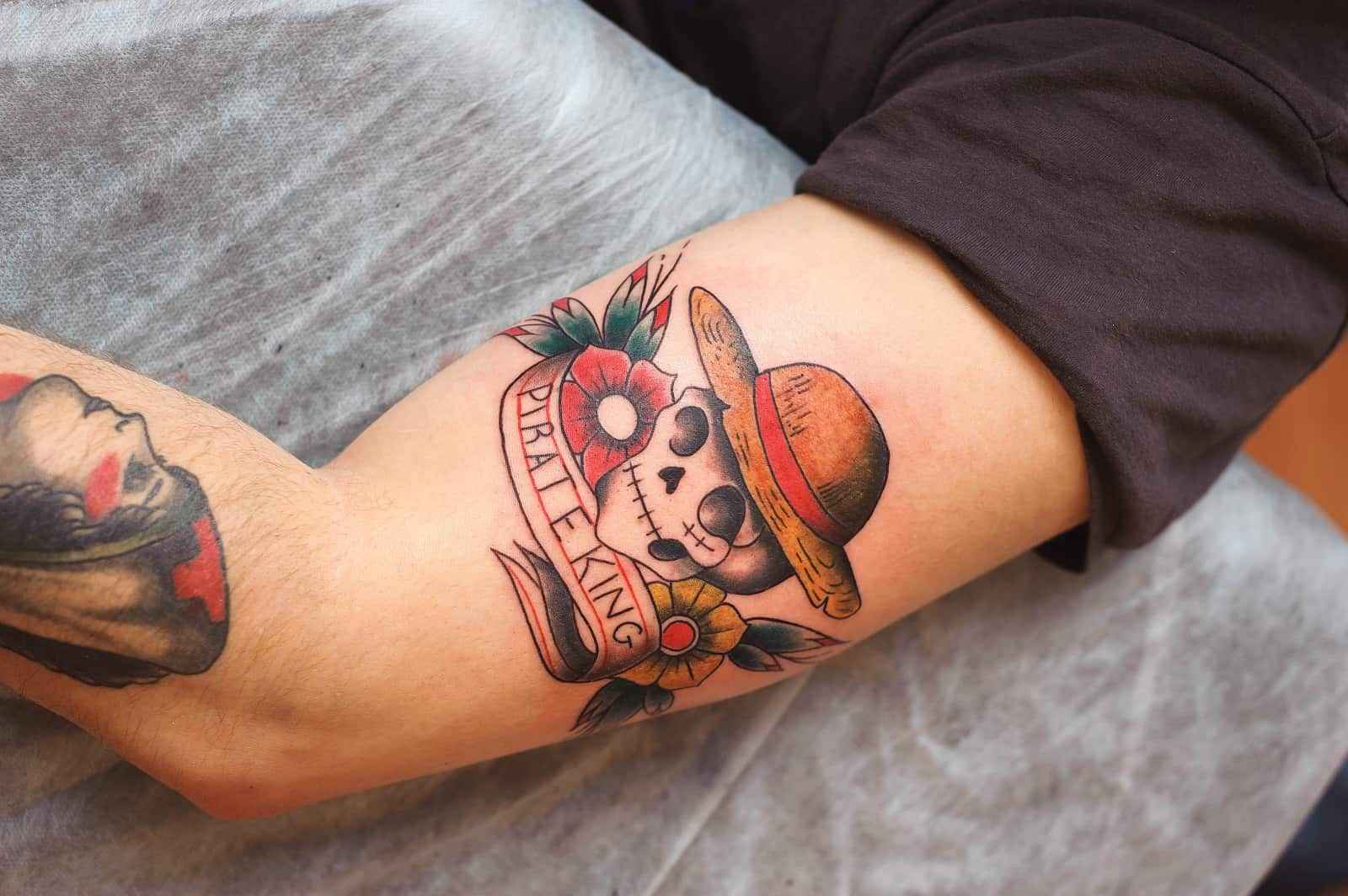
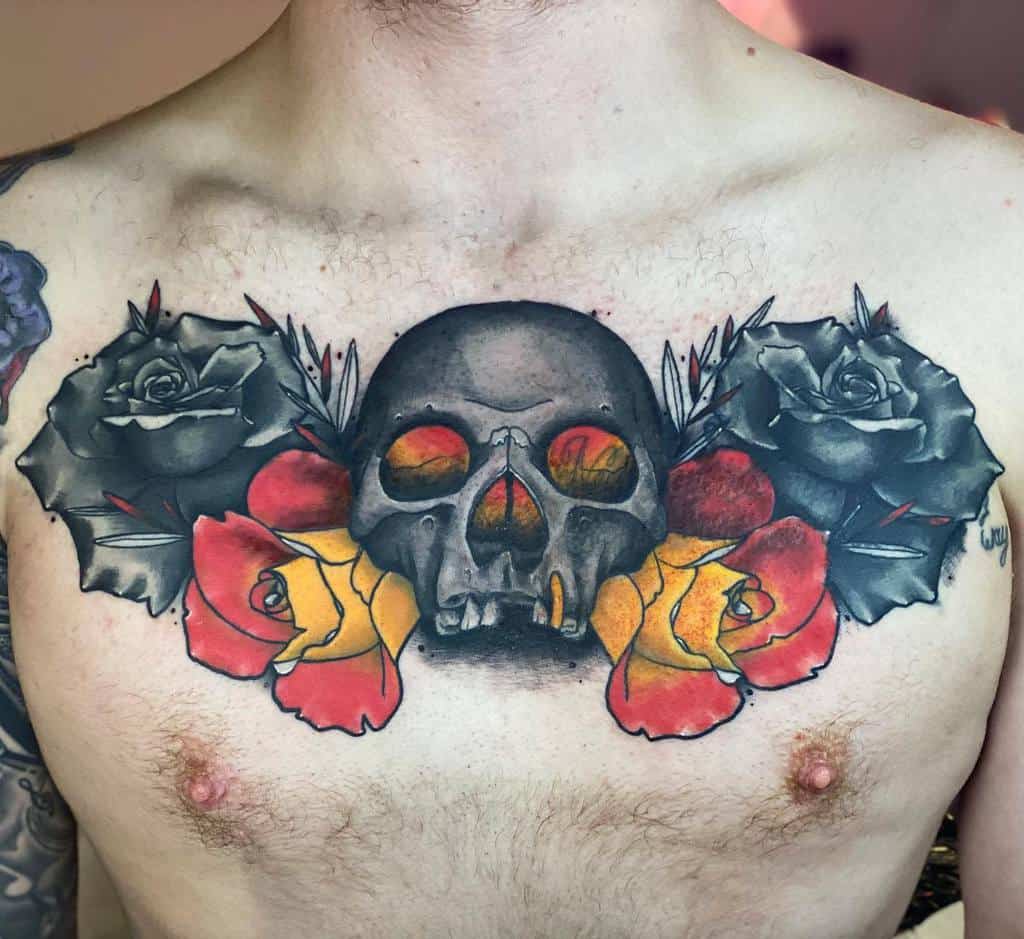


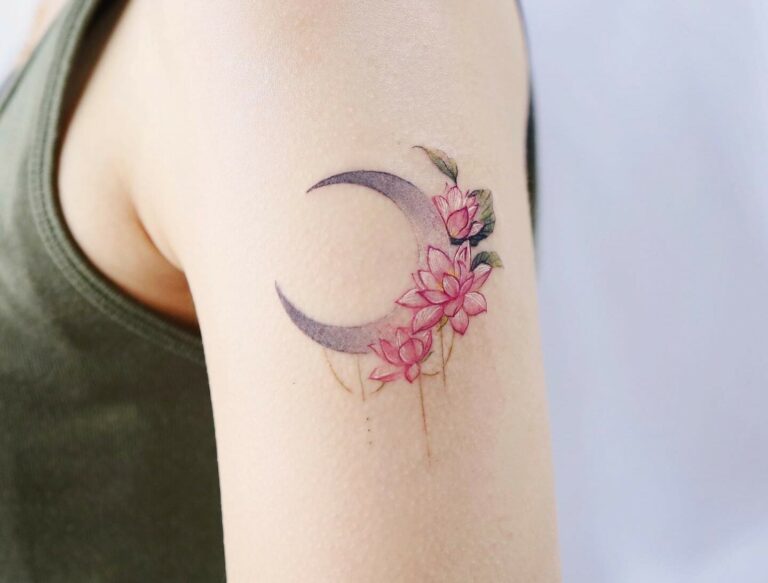
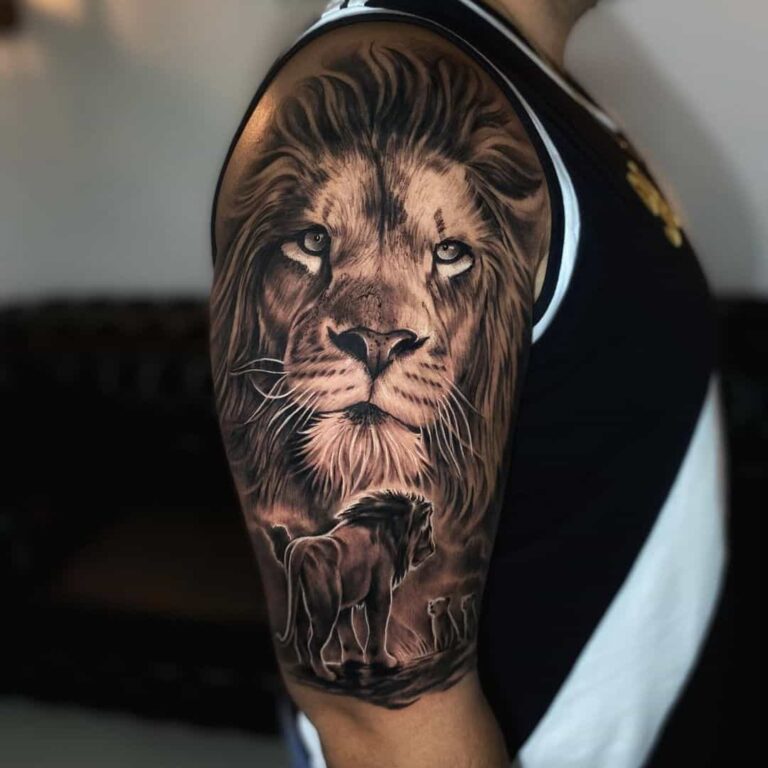


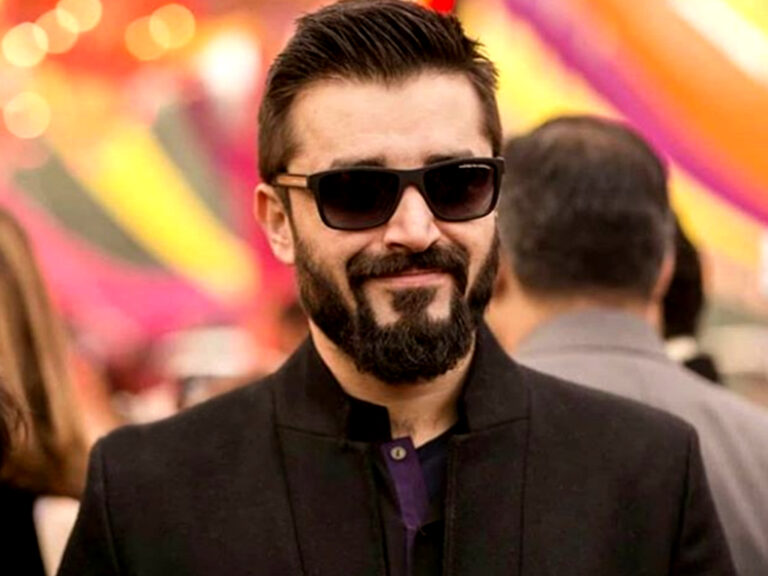

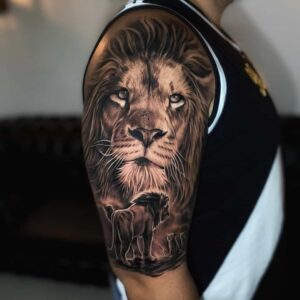




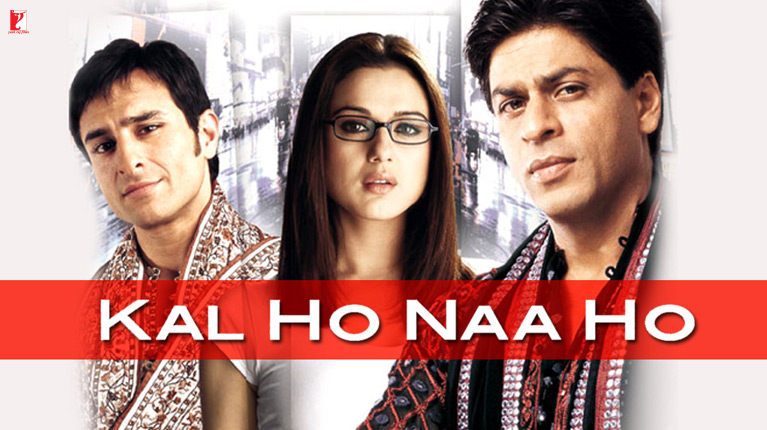

+ There are no comments
Add yours